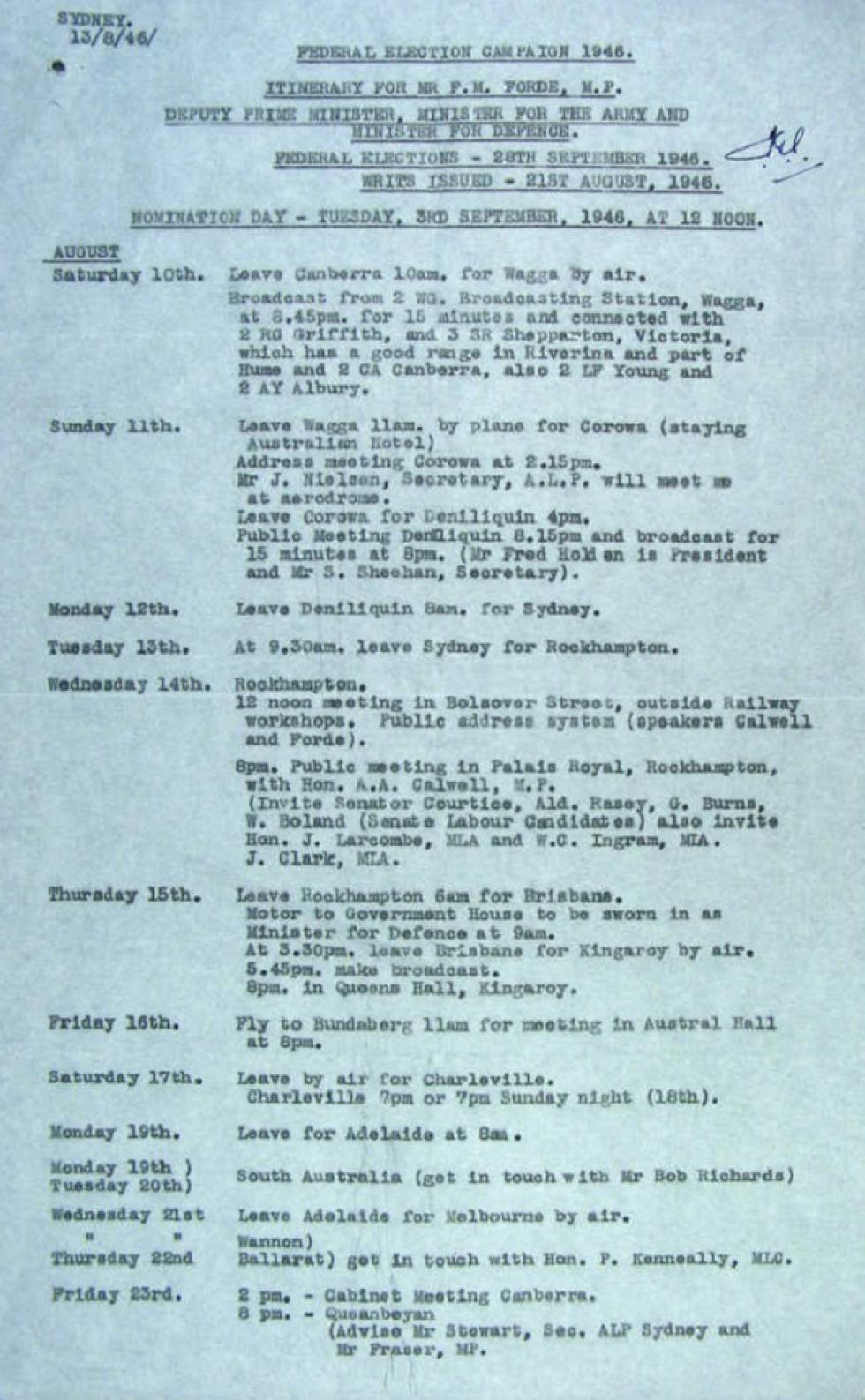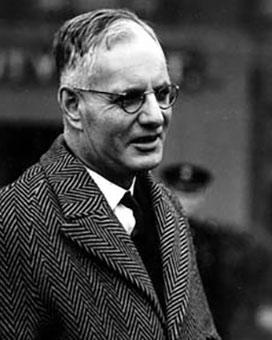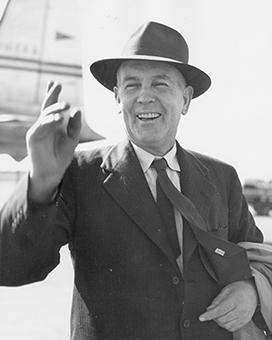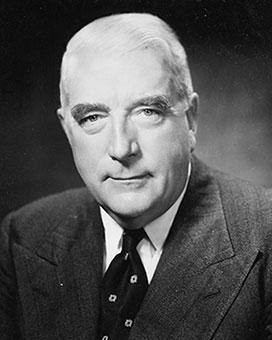Francis Michael (Frank) Forde held the seat of Capricornia, stretching from Yeppoon on the coast of Queensland to the Winham region in the west, from 1922 to 1946. He lost the seat in his 10th federal election, while deputy Prime Minister in the Chifley government.

Frank Forde's campaign schedule for the election on 20 September 1946 included a stop-off at Government House in Brisbane to be sworn in as Minister for Defence in the Chifley government. NAA: A5954, 2314/6, p.1
16 December 1922
Forde won the federal seat of Capricornia after resigning from the Queensland parliament. At this election Labor won 26 seats, the Nationalist Party 29, and the Country Party 14, with 5 seats won by a ‘Liberal Party’ (South Australia and Victoria) and 1 Independent. After negotiations with Country Party leader Earle Page, Stanley Bruce replaced William Hughes as Prime Minister and formed a coalition government with Page. In the Senate, the Nationalist Party won 8 seats and the Labor Party 11. Just under 60% of eligible electors cast a vote in these elections.
14 November 1925
Forde retained Capricornia among the 23 Labor seats won, but with a strong Nationalist Party win of 37 seats and 14 Country Party seats, the Bruce–Page government remained in office. There was 1 Independent. In the Senate, the Nationalists won 18 seats and the Country Party 4. This was the first federal election where voting was compulsory, and over 90% of those eligible voted.
17 November 1928
Forde retained Capricornia among the 31 seats won by Labor, with the Country Party holding 11, and the Nationalists 29 seats in the House of Representatives with 1 ‘Country Progressive Party’ and 1 Independent. In the Senate, Labor won 7 seats, the Nationalist Party 10 and the Country Party 2.
12 October 1929
A Labor government led by James Scullin was returned in this ‘landslide’ election, with 46 seats won by Labor, including Forde’s Capricornia seat. This House of Representatives election returned 14 Nationalists and 10 Country Party members, 3 ‘Independent Nationalists’ and 1 Independent.
19 December 1931
Labor lost government, but Forde held Capricornia. The Labor Party split meant Labor held only 14 seats and the ‘Lang’ Labor group 4. The new United Australia Party, led by Joseph Lyons after his defection from the government and the Labor Party, won 34 seats. There were 16 Country Party members, 1 Independent and 6 ‘Emergency Committee’ (South Australia). In the Senate, the United Australia Party won 15 seats and Labor 3. This was the first federal election contested by the Communist Party.
15 December 1934
The Lyons government was returned at this election. Forde retained Capricornia, one of 18 seats won by Labor, with ‘Lang’ Labor winning 9, the Country Party 14 and the United Australia Party 28 seats, with 5 seats won by the Liberal and Country League (South Australia). In the 1934 Senate election, the United Australia Party won 16 seats and the Country Party 2.
23 October 1937
A Lyons–Page Coalition was returned with 28 United Australia Party seats and 1 Independent UAP seat, with the Country Party’s 16 seats in the House of Representatives. The Labor Party, led by John Curtin, also won 29 seats, with Forde retaining Capricornia. Labor gained 16 Senate seats, with the United Australia Party winning only 3.
21 September 1940
The United Australia Party, led by Robert Menzies, narrowly retained a coalition government. In the House of Representatives the United Australia Party won 23 seats and Labor 32, with Forde holding Capricornia. The Country Party won 14 seats and there were 4 ‘non-Communist Labor’ members. The United Australia Party and the Country Party won 16 Senate seats, and Labor 3.
On 28 August 1941 Menzies was replaced as leader of the United Australia Party, and Country Party leader Arthur Fadden became Prime Minister. Fadden was unable to retain majority support in the House of Representatives and, on 7 October 1941, Labor leader John Curtin became Prime Minister.
21 August 1943
Forde retained Capricornia and the Curtin government increased its majority, winning 49 seats to 12 United Australia Party, 7 Country Party, 3 Country National Party (Queensland), 1 Queensland Country Party, 1 Liberal Country Party (Victoria) and 1 Independent in the House of Representatives. The Labor Party won all 19 Senate seats contested.
28 September 1946
The Labor government, led by Ben Chifley after the death of John Curtin in 1945, was returned but Forde lost his seat of Capricornia after 24 years. Labor won 43 seats, with 1 ‘Lang Labor’, to 11 Country Party seats and 15 won by Robert Menzies’ new Liberal Party, and 2 Liberal and Country League (Victoria) and 1 Liberal Country Party (Victoria). In the Senate, Labor won 16 seats to 3 won by the Liberal–Country Party alliance.
Sources
These brief election results relate only to this Prime Minister. They are drawn from the online sources below, where further information can be found.
Australian Electoral Commission: Election results
University of Western Australia: Australian Government and Politics Database





